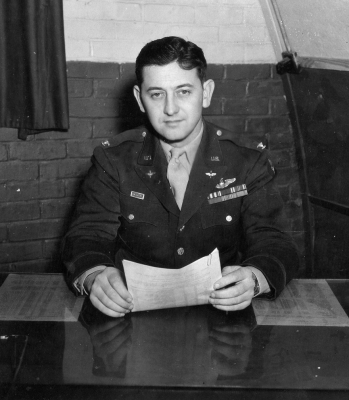Debach Airfield History
History 1913 to today
The land on which the airfield was built was farmed by the Taylor Family from as far back as 1913 and continued until the site was selected by the RAF as a proposed airfield and requisitioned by compulsory purchase.
During 1942-1944, the 820th & 829th Engineer Battalion (Aviation) of the US Army occupied the area and started construction work. It was built by the black Americans to AMDGW specification for a class A heavy bomber station, and followed the general pattern with a single 2000 yard runway and two intersecting 1400-yard runways. Two T2 hangars and fifty aircraft had hard standings in common with other stations built towards the end of the construction programme. The hard standings were of the so-called “spectacle” type rather than the “frying pan” type.
Accommodation was provided for 2,900 personnel in dispersed nissen hut living sites to the south west of the field. Occupied by the 493rd Bomb Group in April 1944 (named “The Fighting 493rd, latterly known as "Helton's Hellcats" after the groups first CO, Colonel Elbert Helton) Debach was the last Eighth Air Force heavy bomber station to become operational: the group flying its first mission on D-Day 6th June 1944.
The Group's planes first landed at Debach 10th May 1944 having flown from McCook Airfield Nebraska via Iceland and Ireland. Lt John Shipley of the 860th squadron who, in his eagerness to be the first to land at Debach, over-shot the runway and took out a petrol truck, which fortunately did not explode!
John Lindquist, bombardier in Paul Berry's crew recalls “Six crews landed that first day, before the airbase was actually finished. The control tower was not in operation and we picked our own runway, which turned out to be the longest but only 4500 feet. We had trained on 9-10,000 foot runways in the US and were a little surprised at such a short one".
Things did not improve much for Shipley's crew, as Rob Grandy, a gunner on the crew, explains: - “on our second mission we crashed at Woodbridge landing strip and the plane was a total wreck. However, we did have an excuse this time as we were badly shot up."
In common with most other groups on the 93rd Combat wing the 493rd converted from B-24 Liberators to B-17 Flying Fortresses, the change being made in late August 1944. The B-24 Liberators completed 46 missions, B-17 Flying Fortress, 111 missions bringing the total of the 493rd to 157, the last on the 20th April 1945. 41 aircraft went missing in action. 234 personnel lost their lives whilst serving at station 152 Debach during WW2.
After the US forces left, Debach was used first as a P O W camp and later for displaced persons, before being abandoned in about 1948. It was re-purchased in 1962 by the Taylor family, who returned the land to arable farming. Much of the concrete runways and taxi-ways were taken up, and crushed to use for road building. Both of the T2 hangars were removed before the sale.
In 1969 the Northern end of the main runway was sold to build a mushroom farm, this being disbanded in the mid seventies. The mushroom farm was later sold to be used for grain and general storage. Many of the buildings on the former Technical site fell into disrepair and some have now been restored. The site of the T2 hangar has now been replaced by a modern farm grain store.
Since 2000 the control tower and associated buildings are being gradually restored and now form the 493rd BG Debach Museum.

